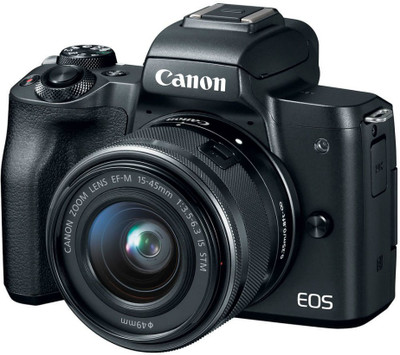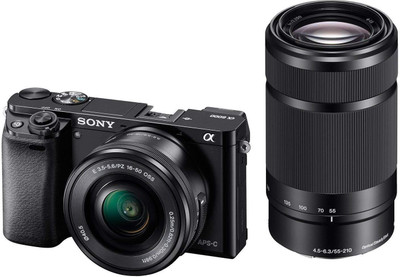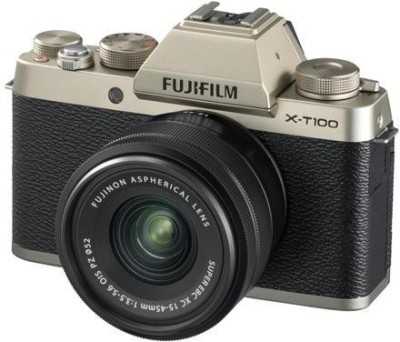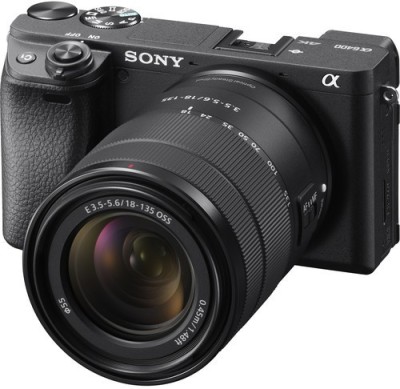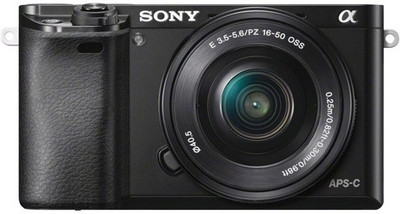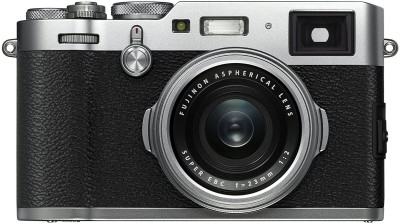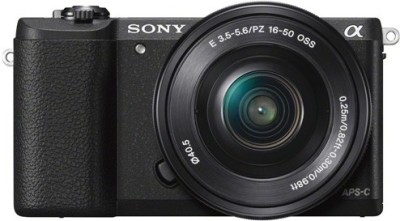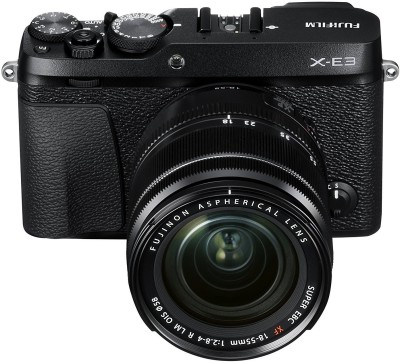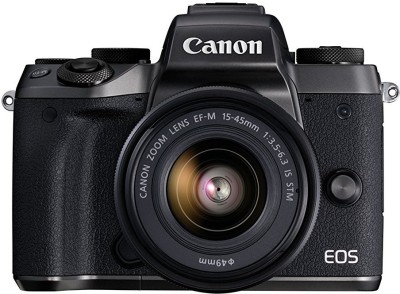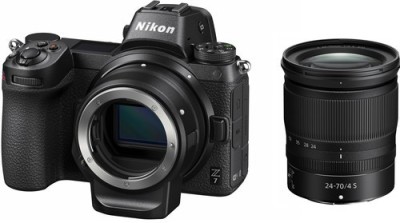Mirrorless Camera
- Sort By:
- Popularity
- Low Price
- High Price
- Date
-
1
Canon M50 Mirrorless Camera
51995- Effective Pixels: 24.1 MP
- Sensor Type: CMOS
- WiFi Available
Add To Compare Specs & Review87CM Score -
2
Sony Alpha ILCE 6000Y Mirrorless Camera
68900- Effective Pixels: 24.3 MP
- Sensor Type: CMOS
- WiFi Available
Add To Compare Specs & Review88CM Score -
3
Fujifilm X T100 Mirrorless Camera
33999- Effective Pixels: 24.2 MP
- Sensor Type: CMOS
- WiFi Available
Add To Compare Specs & Review86CM Score -
4
Sony Alpha ILCE-6400M Mirrorless Camera
102989- Effective Pixels: 24.2 MP
- Sensor Type: CMOS
- WiFi Available
Add To Compare Specs & Review95CM Score -
5
Sony ILCE 6000L Mirrorless Camera
43290- Effective Pixels: 24.3 MP
- Optical Zoom: 10x | Digital Zoom: 4x
- Sensor Type: CMOS | LCD Size: 3 inch
Add To Compare Specs & Review87CM Score -
6
Fujifilm X100F Mirrorless Camera
83990- Effective Pixels: 24.3 MP
- Sensor Type: CMOS
- WiFi Available
Add To Compare Specs & Review87CM Score -
7
Sony ILCE 5100L Mirrorless Camera
38243- Effective Pixels: 24.3 MP
- Digital Zoom: 4x
- Sensor Type: CMOS | LCD Size: 3 inch
Add To Compare Specs & Review85CM Score -
8
Fujifilm X E3 Mirrorless Camera
67990- Effective Pixels: 24.3 MP
- Sensor Type: CMOS
- WiFi Available
Add To Compare Specs & Review86CM Score -
9
Canon EOS M5 Mirrorless Camera
48999- Effective Pixels: 24.2 MP
- Sensor Type: CMOS
- WiFi Available
Add To Compare Specs & Review84CM Score -
10
Nikon Z 7 Mirrorless Camera
220990- Effective Pixels: 45.7 MP
- Sensor Type: CMOS
- WiFi Available
Add To Compare Specs & Review88CM Score
Top 10 Best Selling Mirrorless Camera & Price List
| Best Mirrorless Camera | Price |
|---|---|
| Canon M50 Mirrorless Camera | Rs. 51995 |
| Sony Alpha ILCE 6000Y Mirrorless Camera | Rs. 68900 |
| Fujifilm X T100 Mirrorless Camera | Rs. 33999 |
| Sony Alpha ILCE-6400M Mirrorless Camera | Rs. 102989 |
| Sony ILCE 6000L Mirrorless Camera | Rs. 43290 |
| Fujifilm X100F Mirrorless Camera | Rs. 83990 |
| Sony ILCE 5100L Mirrorless Camera | Rs. 38243 |
| Fujifilm X E3 Mirrorless Camera | Rs. 67990 |
| Canon EOS M5 Mirrorless Camera | Rs. 48999 |
| Nikon Z 7 Mirrorless Camera | Rs. 220990 |
Top 10 Best Selling Mirrorless Cameras in India 2019 - Price and Buyer's Guide
Mirror-less cameras are not a new introduction in the market. However, they have been rocking for the last few years. Check out top 10 best selling mirrorless cameras in India 2019 along with latestt price and a buyer's guide.
Most professional photographers would have been happy with a DSLR camera even a few years ago but they are now switching to a mirror-less model for a host of advantages it offers. Some elite names offer powerful mirror-less cameras and they vary in sizes, features and prices.
Importance of Mirrorless Camera
Mirror-less cameras, unlike their DSLR counterparts, are smaller, lighter and quieter. As the title suggests, they don’t come with a mirror that needs slaps up and down.
Being quiet, these cameras allow the street photographers as well as theatre and wedding shutterbugs to capture images without getting noticed at all. Choosing a mirror-less camera is not an easy task.
There are lots of options and criteria to consider while making a buy. Purchasing a mirror-less camera will be an exciting experience and you should base your buying decision on the following important parameters.
Buyer’s Guide for Best Mirrorless Camera
Lens System. Interchangeable lenses make huge differences in the quality of images produced by any mirror-less camera and other types. Compact point-and-shoot mirror-less cameras feature an optical zoom having a small sensor and variable aperture. These enable you to capture images both wide as well as telephoto zoom lengths.
Sensor Size: Different mirror-less cameras have sensors of varying sizes. For the buyers, the feature is little bit confusing. Most mirror-less cameras come with an APS-C sensor. Panasonic and Olympus are known for making Micro Four Thirds featuring a 17.3x13 mm sensor. On the other hand, Pentax Q and Nikon 1 series cameras have a sensor which is smaller than those found in the Micro Four Thirds. The mirror-less cameras use a smaller sensor and that is why, they are lighter than the DSLR cameras.
Viewfinders: It is another important consideration, especially if you are trading your DSLR for a new mirror-less model. A through-the-lens viewfinder implies that what the lens sees is close to what you see. The mirror-less cameras feature no mirror to guide the lens’ view to the viewfinder and most of these cameras make use of an electronic viewfinder for the purpose.
Autofocus: Mirror-less cameras utilize contrast detection to calculate the contrast between the pixels on the sensor until it figures out enough contrast to ensure that the image is in focus. However, such a feature has a disadvantage that the users will find it difficult to focus on a moving object.
Read more about how to use mirrorless camera.
